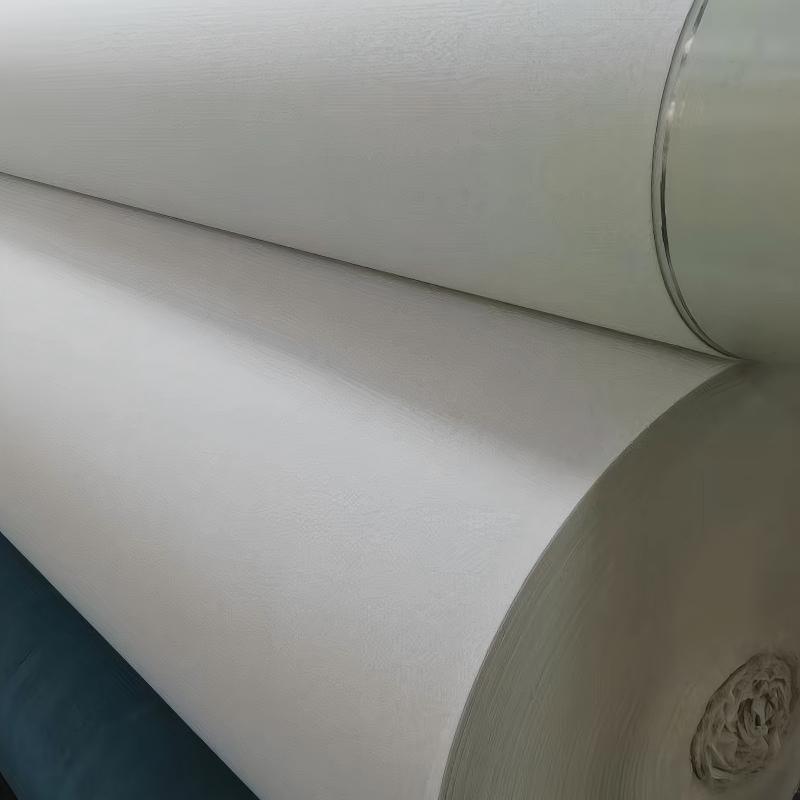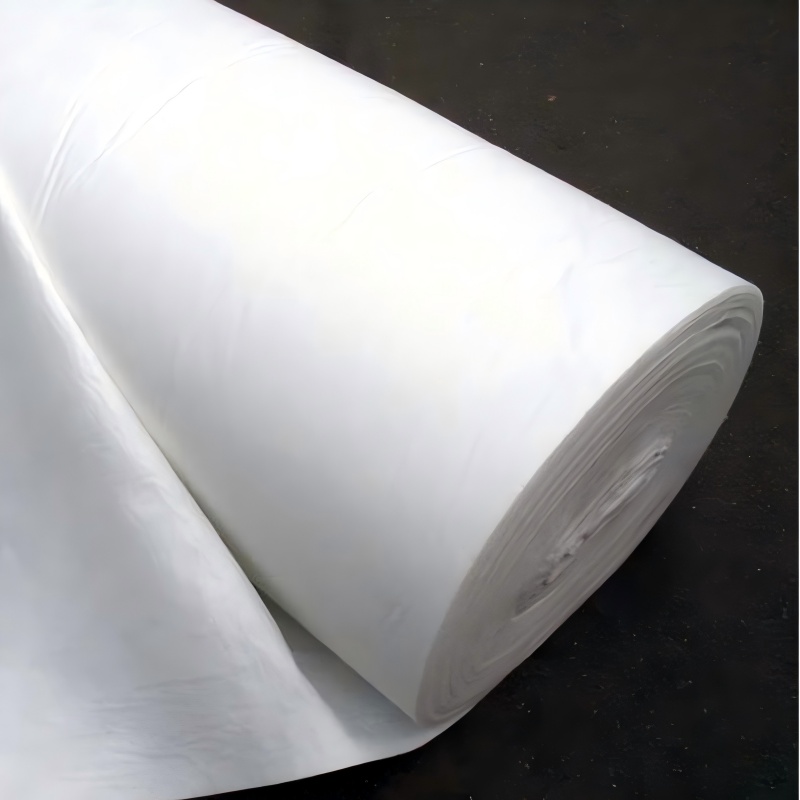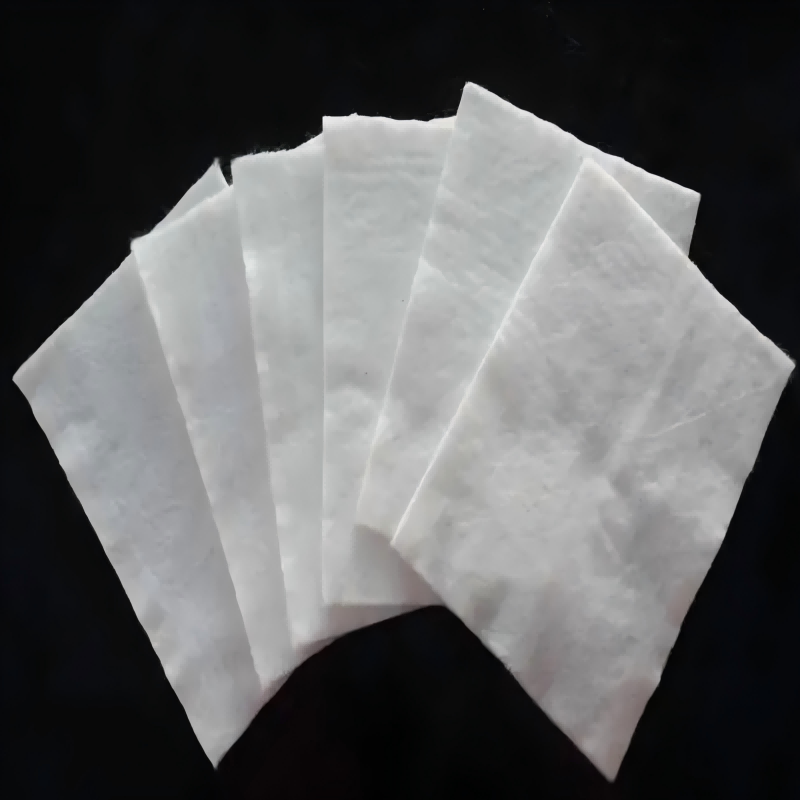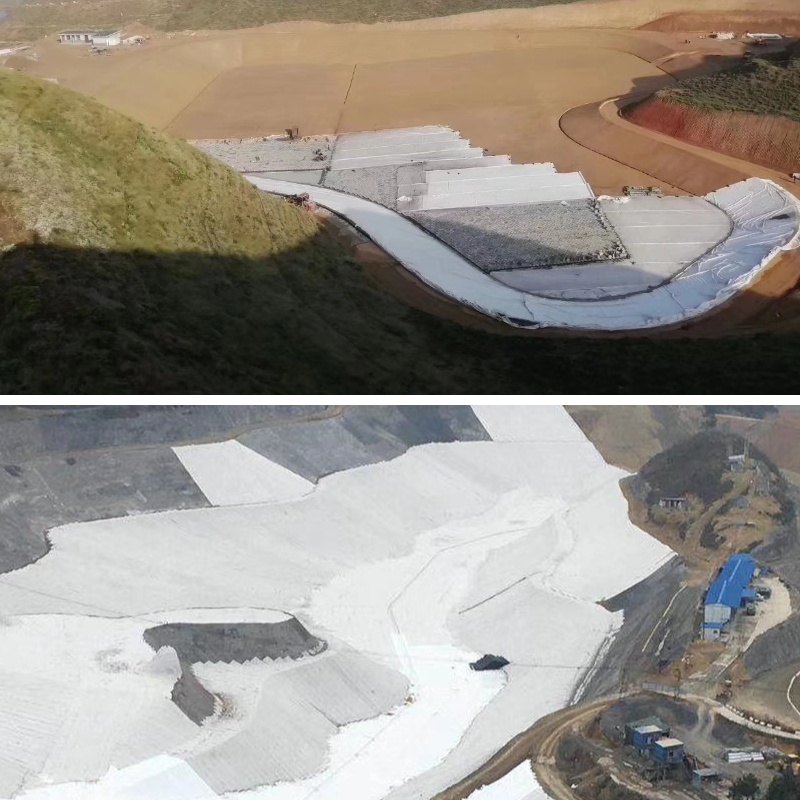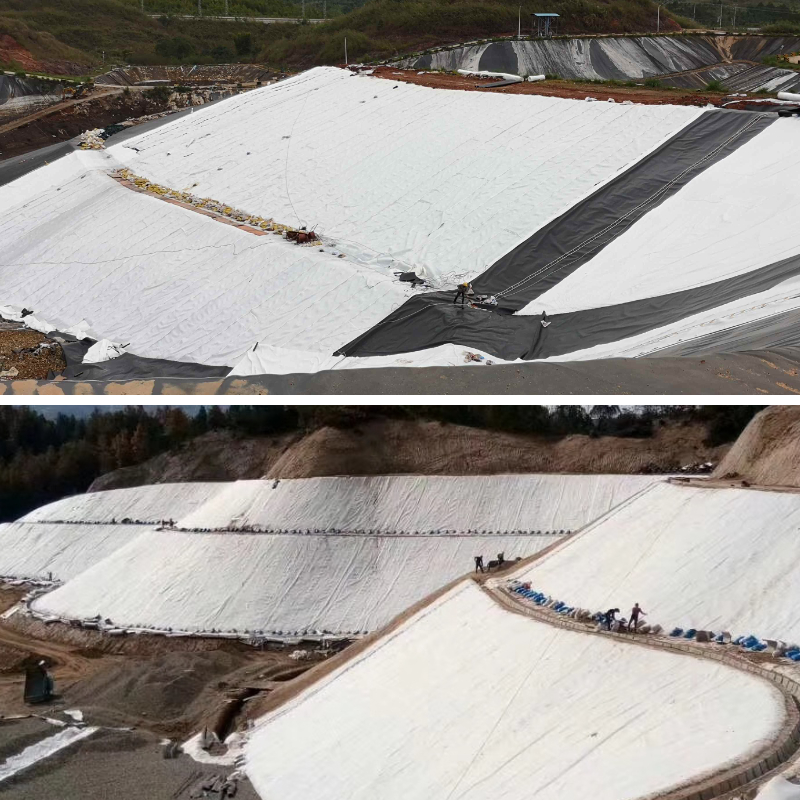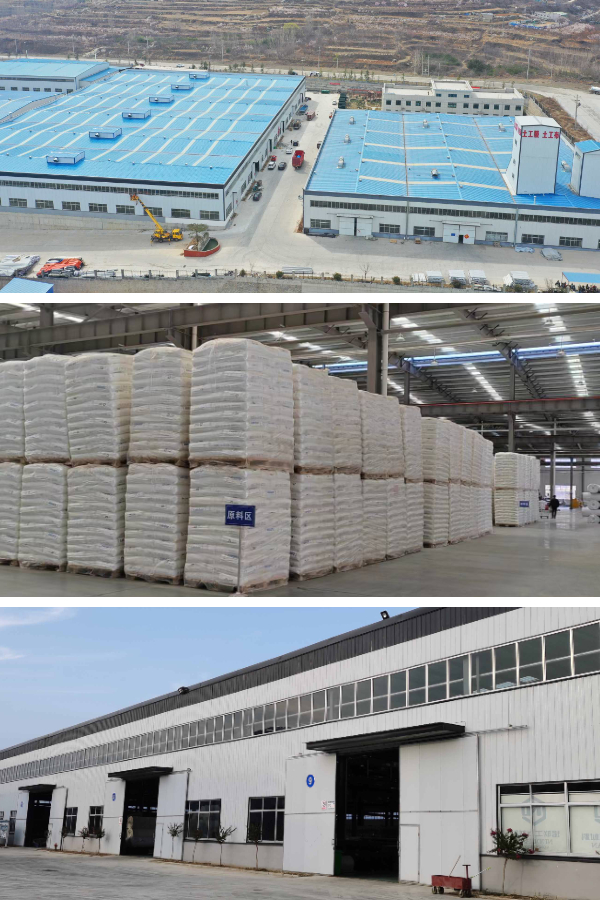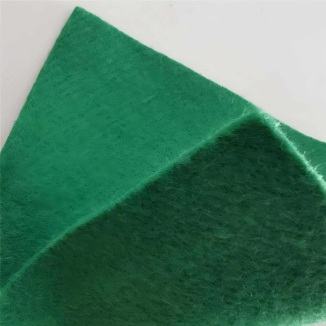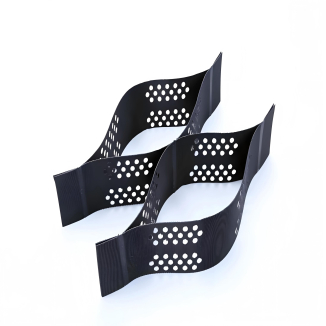Geotextile Fabric at Lowes
1.Strong Waterproof Barrier: Effectively blocks water penetration and forms a reliable water-proof layer.
2.High Tensile & Damage Resistance: Resistant to pulling and not easy to break, helping enhance project stability
3.Weather Resistance & Anti-Attenuation: Resistant to high and low temperatures, corrosion-resistant, and maintains stable performance during long-term use
4.Easy Construction Operation: Lightweight and easy to cut, with fast splicing, which shortens construction time
Product Introduction
I. Basic Properties
Geotextile Fabric at Lowes are flexible building materials made primarily from high-molecular-weight polymers (such as polyethylene and polypropylene) through extrusion, calendering, compounding, or coating processes. They typically come in rolls or sheets, offering both flexibility and structural stability, adapting to the basic requirements of various construction scenarios.
II. Core Functions
Waterproofing and Anti-seepage: Their core function is to block the penetration of water (groundwater, rainwater, seepage, etc.), forming a sealed barrier within engineering structures (such as dams, roadbeds, underground garages, and artificial lakes), preventing water intrusion and resulting in structural damage or functional failure.
Auxiliary Reinforcement: Through their tensile strength, they help enhance the overall stability of foundations and slopes, while also protecting underlying geomembranes, pipelines, and other materials from puncture damage caused by sharp sand and gravel.
III. Key Features
Weather and Damage Resistance: Resistant to high and low temperatures (-30°C to 60°C), acid and alkali corrosion, and UV aging, it resists cracking and degradation in complex outdoor or underground environments.
Easy Construction: The lightweight material is easy to cut and can be quickly assembled using heat sealing or adhesive bonding. It adapts to irregular construction surfaces such as curved embankments and special-shaped foundation pits without the need for complex equipment.
Cost-Effective: With a service life of up to 10-20 years, it reduces maintenance costs. It also provides both waterproofing and structural stability, reducing overall project costs.
Product Parameters
project | metric | ||||||||||
Nominal strength/(kN/m) | |||||||||||
6 | 9 | 12 | 18 | 24 | 30 | 36 | 48 | 54 | |||
1 | Longitudinal and transverse tensile strength / (kN/m) ≥ | 6 | 9 | 12 | 18 | 24 | 30 | 36 | 48 | 54 | |
2 | Maximum elongation at maximum load in longitudinal and transverse directions/% | 30~80 | |||||||||
3 | CBR top penetration strength /kN ≥ | 0.9 | 1.6 | 1.9 | 2.9 | 3.9 | 5.3 | 6.4 | 7.9 | 8.5 | |
4 | Longitudinal and transverse tearing strength /kN | 0.15 | 0.22 | 0.29 | 0.43 | 0.57 | 0.71 | 0.83 | 1.1 | 1.25 | |
5 | Equivalent aperture O.90(O95)/mm | 0.05~0.30 | |||||||||
6 | Vertical permeability coefficient/(cm/s) | K× (10-¹~10-), where K=1.0~9.9 | |||||||||
7 | Width deviation rate /% ≥ | -0.5 | |||||||||
8 | Unit area mass deviation rate /% ≥ | -5 | |||||||||
9 | Thickness deviation rate /% ≥ | -10 | |||||||||
10 | Thickness coefficient of variation (CV)/% ≤ | 10 | |||||||||
11 | Dynamic perforation | Puncture hole diameter/mm ≤ | 37 | 33 | 27 | 20 | 17 | 14 | 11 | 9 | 7 |
12 | Longitudinal and transverse fracture strength (grab method)/kN ≥ | 0.3 | 0.5 | 0.7 | 1.1 | 1.4 | 1.9 | 2.4 | 3 | 3.5 | |
13 | Ultraviolet resistance (Xenon arc lamp method) | Longitudinal and transverse strength retention rate% ≥ | 70 | ||||||||
14 | Ultraviolet resistance (fluorescence UV lamp method) | Longitudinal and transverse strength retention rate% ≥ | 80 | ||||||||
Product Application
1. Water Conservancy and Hydropower Engineering
Dam/Reservoir: Paved on the water-facing surface of a dam, inside the dam, or at the bottom of the reservoir, blocking river/reservoir water infiltration, preventing leakage and pipe bursts, and ensuring dam safety.
Artificial Lake/Landscape Water System: Paved on the lakebed base, preventing water infiltration, reducing water loss, and protecting the lakebed soil from erosion.
Channel/Water Pipeline: Paved on the inner or outer walls of the channel to prevent seepage, channel collapse, and salinization of the surrounding soil.
2. Transportation Engineering
Highway/Railway Subgrade: Paved on the top or bottom layers of the subgrade to prevent groundwater and rainwater from infiltrating the subgrade, preventing softening and subsidence, and extending the service life of the road.
Tunnel/Culvert: Paved on the inner side of the tunnel lining or the outer walls of the culvert to prevent seepage from the mountain and rainwater, keeping the tunnel interior dry and preventing corrosion of the lining structure.
Bridge Foundation: Paved on the bottom of the bridge abutment to block groundwater infiltration and protect the abutment steel from water erosion and rust.
3.Construction and Municipal Engineering
Underground Garages/Basements: Applied beneath the waterproofing layer on basement exterior walls and garage floors, it serves as a "secondary anti-seepage barrier," filling gaps in traditional waterproofing membranes and preventing leakage.
Roofing/Green Roofs: Applied beneath the roof waterproofing layer or greening soil to prevent rainwater from seeping into the roof structure and moisture in the soil from corroding the roof reinforcement.
Landfills/Sewage Treatment Plants: Applied along the bottom of landfills and the inner walls of sewage treatment tanks to prevent leachate and sewage from seeping into the subsoil and groundwater, thereby preventing environmental pollution.
4. Agriculture and Ecological Engineering
Water-Saving Irrigation Channels: Applied along the inner walls of agricultural irrigation channels to reduce water seepage losses and improve water resource utilization.
Constructed Wetlands/Ecological Restoration: Applied along the bottom or slopes of wetlands to control water infiltration, protect the surrounding soil structure, and maintain ecosystem stability.
Waterproof geotextile is a key material for solving the "water infiltration problem" in various projects. Its application runs through core areas such as water conservancy, transportation, construction, and agricultural ecology. It not only ensures the safety and stability of embankments, roadbeds, and building structures through its anti-seepage function, thereby extending the life of the project; it also blocks the infiltration of pollutants in scenarios such as garbage disposal and ecological restoration. It combines engineering practicality and ecological and environmental value, becoming one of the indispensable basic materials in modern engineering construction.


